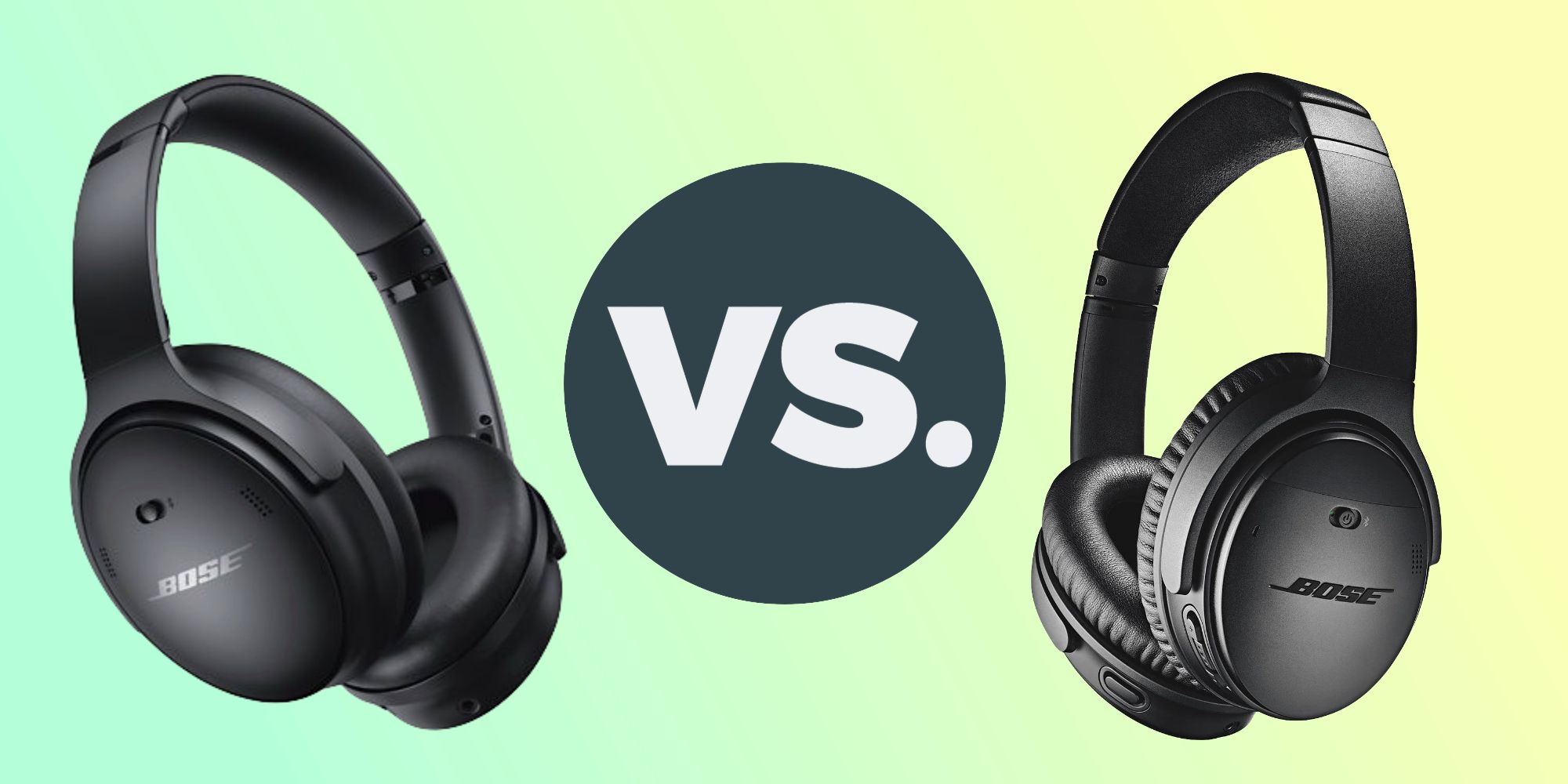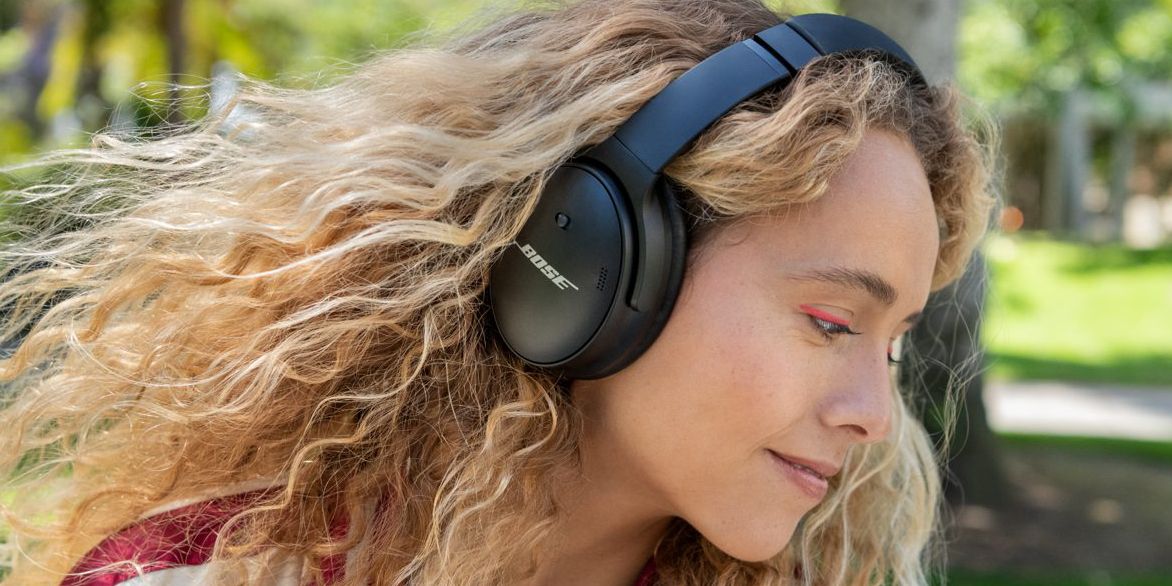The Bose QC45 is the long-awaited successor to the excellent QC35 II headphones — but is it good enough to justify the $329 asking price? Bose launched the QuietComfort 35 II in September 2017. Shortly after the release and in the years since then, the headphones have been met with enormous amounts of praise. They're widely regarded as some of the very best ANC headphones on the market. They're extremely comfortable to wear, sound great, and fold up to become an excellent travel companion.
For years following their release, the QC35 II stuck around as one of Bose's top headphone offerings. The Bose 700 launched a couple of years later as a more premium alternative, though they didn't actually replace the QC35 II. That didn't happen until August 31, 2021, when the QuietComfort 45 made their debut. While they look very similar at first glance, a host of new and upgraded features make the Bose QC45 a compelling purchase even for longtime QC35 II users.
Starting with the design, this is arguably the area that's seen the least amount of change. Both headphones are made out of plastic, have leather ear cushions, and can fold into themselves to stash in the included travel case. The QC45 are noticeably heavier at 15.7oz than the 8.3oz weight of the QC35 II — potentially causing more head fatigue after long listening sessions. The upside to the added heft, however, is the sleeker design. Bose tightened up the overall aesthetic of the QC45 compared to the QC35 II, resulting in headphones that look more mature than their predecessor. As Bose explains, "pleats and puckers have been removed from soft materials, and gaps between components have been replaced with smooth transitions."
Why The Bose QC45 Are Worth Upgrading To
Things get really interesting when looking at all of the spec/feature upgrades Bose delivered with the QC45. The Bose QC35 II still sound quite good by 2021 standards, but as is expected with a successor that's four years newer, it's equipped with more capable technology. The QC45 tout something called 'TriPort design vents' to produce audio with more depth and fullness. Also included is Volume-optimized Active EQ, which "boosts highs and lows to maintain the same high-fidelity performance no matter how loud or soft you listen." These are two things not found on the QC35 II, giving the QC45 an objective edge in the sound department.
Further improvements are present with active noise canceling. Building on the excellent ANC performance of the QC35 II, the QC45 do a better job of silencing mid-range frequency noises (things someone would likely hear at a coffee shop or a busy office). Additionally, the QC45 pair the upgraded noise canceling with a new Aware Mode. Similar to transparency modes found on so many other headphones, Aware Mode uses the QC45's microphones to enhance background noises that are otherwise difficult to hear. It's an extremely useful feature while traveling or trying to talk to someone — and it's something the QC35 II doesn't have at all. Adding to all of this are a few additional upgrades. The Bose QC45 touts four built-in mics instead of three for better phone calls, 24-hour battery life versus 20-hour endurance, and a much more reliable Bluetooth 5.1 standard instead of the aging Bluetooth 4.1 powering the QC35 II.
With all of that in mind, it's easy to understand why it took Bose four years to launch the QC45. Compared to the QC35 II, the QC45 look nicer, sound better, and have more capable features across the board. The QC35 II are still solid for anyone who remains happy with them, but for folks itching for a big upgrade, the QC45 deliver on almost every single front.
Source: Bose


